2025’s Pixels may not look dramatically different, but new phones bring spec updates and magnetic Qi2 to a design that looks a little like last time.
The phrase “if it ain’t broke, don’t fix it” is one of those that can feel a little passive in gadgets. Technology on the whole continues to move, working to get better all the time, each and every year, so leaving something the same can feel like the exact opposite of good technology, and yet that still happens.
Some manufacturers leave the good — keeping what worked — while updating everything else. Which is totally fine.
You’ve seen that from the iPhone range over the years, which has made minor refinements in its iPhone 12 design over the years, but improved just about everything else inside, and we’re even seeing bits of that from Samsung in its Galaxy S range, which has kept its design language largely the same, as well, upgrading the hardware and software.
These changes look small upon first glance, but they can make a big impact, diving in beneath the surface of “if it ain’t broke”, and finding ways not so much to fix, but rather to upgrade.
With Google’s 2025 Pixel release, that may well be what’s in store, because this year’s phones look rather like last year’s, but sport some changes in hardware and software meant to make a difference.
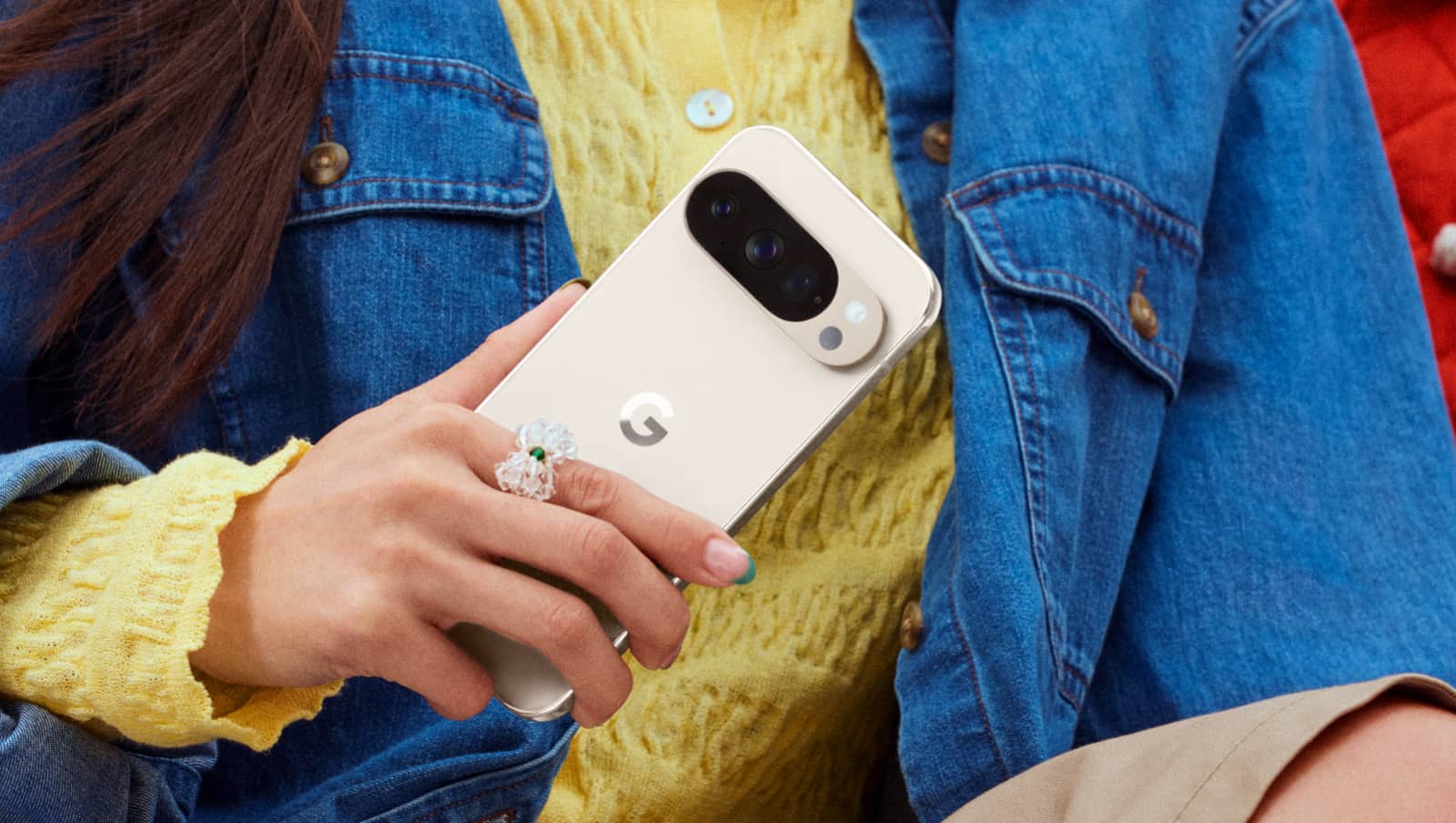
Same design, more durable
Upon first glance of the Pixel 10 models — any of them, given there are four — you’ll see they all look a little like last year.
The Pixel 10 sports identical dimensions and the same 6.3 inch OLED screen as the Pixel 9 before it, while the Pixel 10 Pro also keeps the same size and 6.3 inch screen as the Pixel 9 Pro from last time.
On the big phone side of things, it’s a similar picture comparing the design, thickness, and 6.8 inch OLED screen to the Pixel 9 Pro XL from last year, with the Pixel 10 Pro Fold the only phone to see a change here: the cover screen is slightly bigger, adopting a 6.4 inch display as opposed to the 6.3 inch from the Pixel 9 Pro Fold and an 8 inch inside screen.
But they look the same. They all look the same.
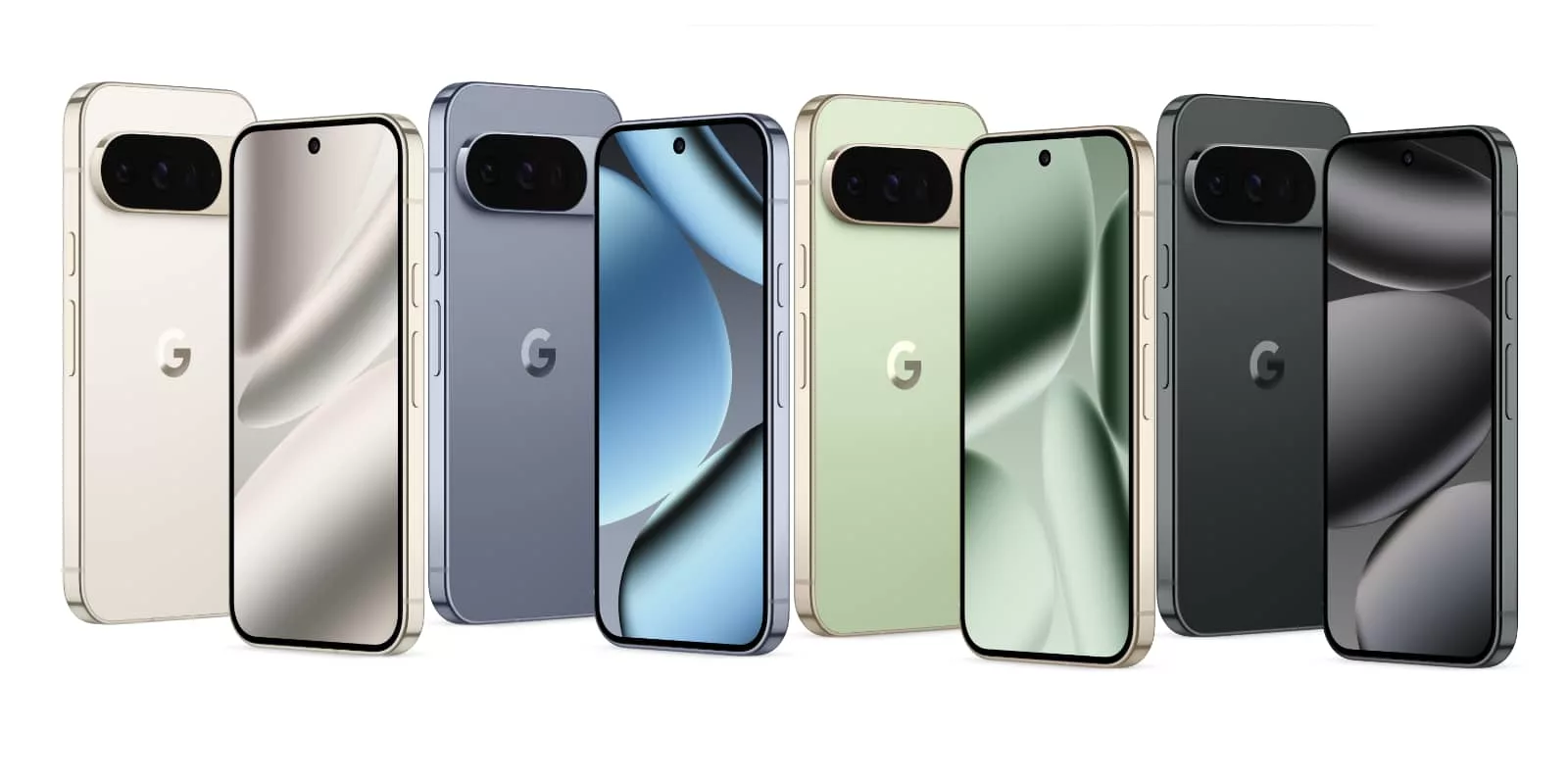
And yet they’re not the same. Changes to the design include improved durability, with the Pixel 10 adopting a satin-finish metal frame and polished glass back, giving it a more premium look and feel, alongside its Pro and Fold siblings.
The Pro Fold gets some less obvious but important changes, with a gear-less hinge designed to be twice as durable as what was in the Pixel 9 Pro Fold, and it even boosts the durability considerably.
The Pixel 9 Pro Fold was an IPX8 phone — basically resistant to water, but not dust particles. The Pixel 10 Pro Fold ups that to IP68, offering dust and water resistance, and improving the frame using spacecraft-grade aluminium.
Even the glass is better, with the internal screen made with thin glass and two layers of anti-impact film. Google notes the hinge “can handle over 10 years of folding”.
It’s not any thinner, but it is a lot more durable, it seems.
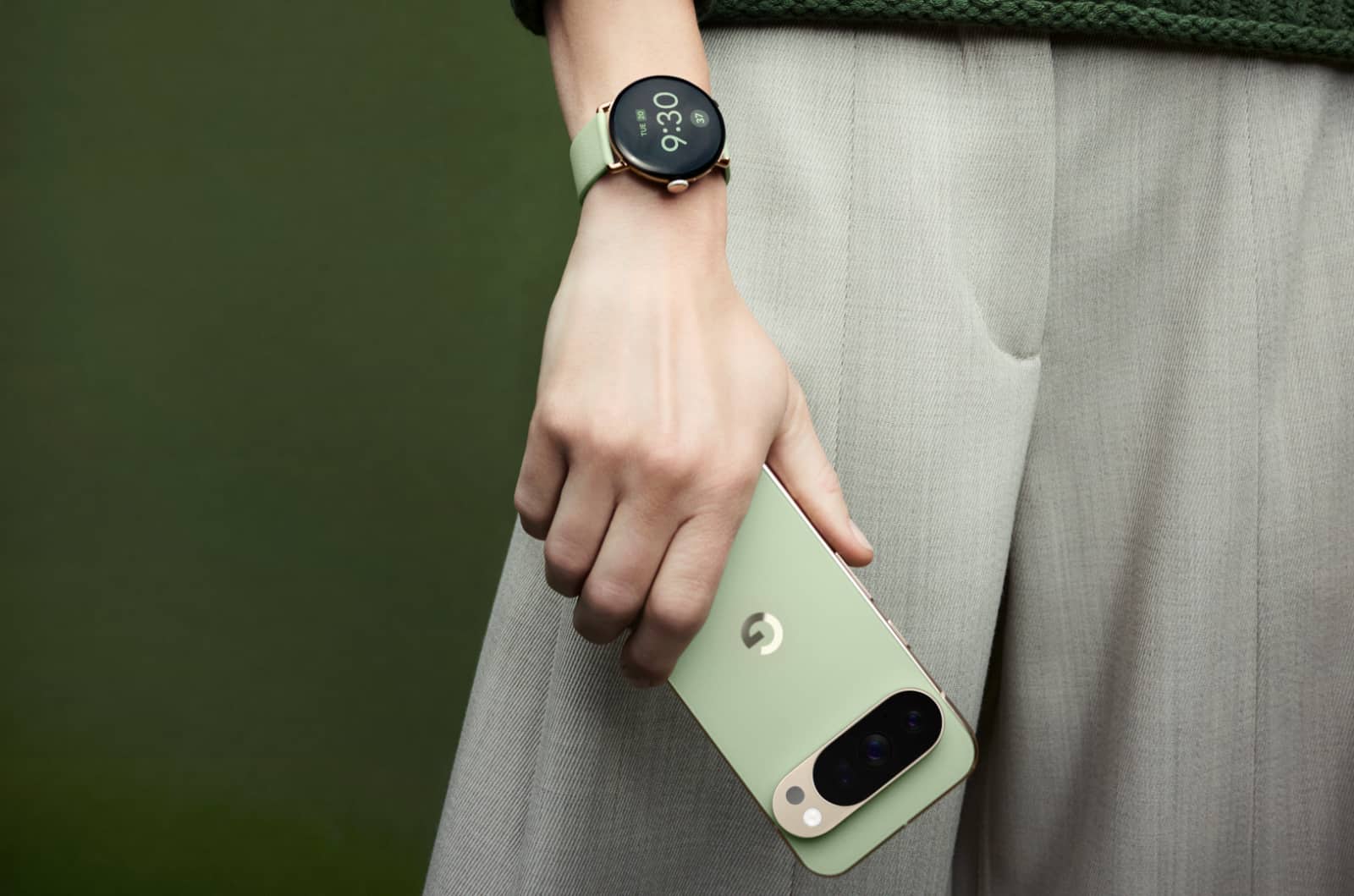
New processor and cameras
Updates to the cameras are here for some of the devices, but not all.
The Pixel 10 has a clear upgrade, and basically draws a line in the sand against the iPhone base model it competes with, in this case, the iPhone 16.
Rather than two cameras, you’ll find three, covering a 48 megapixel F1.7 wide, a 13 megapixel F2.2 ultrawide, and a 10.8 megapixel F3.1 5X zoom, which is a very similar camera system to the Pixel 9 Pro Fold we reviewed last year. The 5X zoom is definitely new, and not something Google has delivered on a base model before.
Meanwhile, the camera system remains the same for the Pixel 10 Pro, 10 Pro XL, and 10 Pro Fold. In the 10 Pro and 10 Pro XL, it means a 50 megapixel F1.68 wide, 48 megapixel F1.7 ultra-wide, and 48 megapixel F2.8 5X telephoto, while the Pixel 10 Pro Fold gets a 48 megapixel F1.7 wide, 10.5 megapixel F2.2 ultra-wide, and 10.8 megapixel F3.1 5X zoom, though Google has said the 48 megapixel in the Fold is a new version.
If anything, it seems to be Google ironing things out across the range.
The processor has also changed across the range, with Google’s Tensor G4 now becoming the more powerful G5.
Unsurprisingly, Google calls the Tensor G5 its more powerful chip yet, and it’s one designed for AI, co-designed with Google’s DeepMind to improve the power needed for local AI models, like Gemini Nano.
That should bode well for folks who like using their phone for AI, but even if you don’t proactively talk to an AI to use your phone, the phone will use the hardware to try and make your experience better.
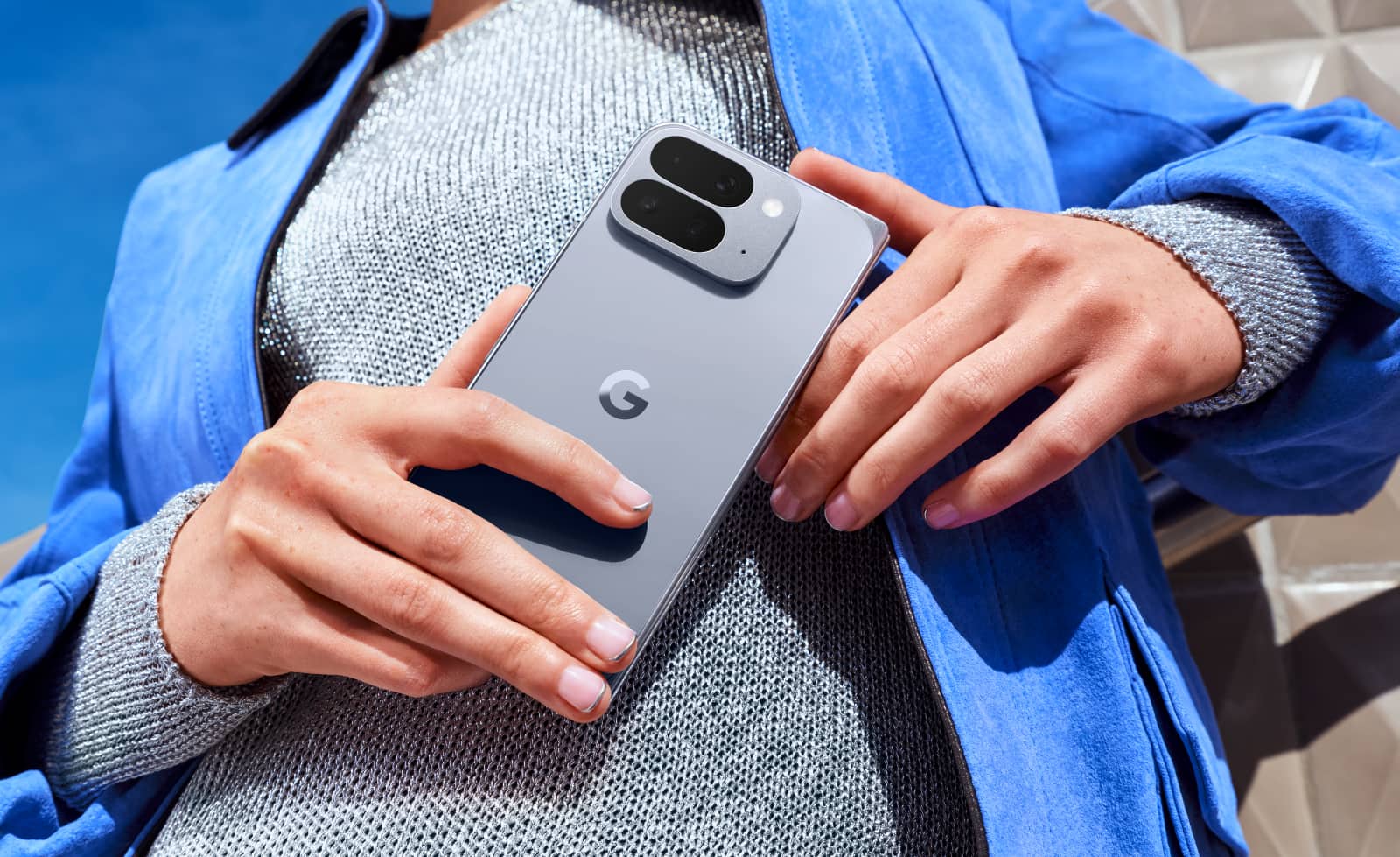
AI in software
For instance, all of those cameras can now talk to Gemini using a feature called “Camera Coach”, which will look at your viewfinder and offer ways to improve the image as you try to take the photo. You can ignore them if you want, but they may help provide photographic foundations and offer suggestions when taking pictures to make photos more than just another snap.
The AI will also be there for zooming in, but only on the Pixel 10 Pro, Pro XL, and Fold. Pro Res Zoom will use AI to take you closer, digitally upscaling a cropped image, but with an AI model made for this specific purpose.
AI will go beyond the camera, as well. A feature called “Magic Cue” will aim to provide contextually relevant information when you’re in other apps that may be beneficial for you.
For instance, if someone asks you for an address for an event, your previous emails or chats might have that address. Rather than needing to find it yourself, Google’s Magic Cue will use AI to just put it on screen.
When calling an airline to change something about your flight, the part of your screen normally reserved for simply showing the contact name could be updated to include flight details so you don’t have to go looking.
To do this, Google is using Gemini Nano on your device to look at your information, and basically source it as and when it’s needed.
Essentially, it’s AI for your convenience, which for many could be the thing that saves AI being simply just asking it questions to being usable. Maybe.
Magnetic Qi2 finally comes to more Android phones
Possibly one of the biggest changes is on the back, but again, you can’t see it.
For instance, there are bigger batteries:
- The Pro 10 Fold uses a 5015mAh battery, up from 4650mAh on the Pixel 9 Pro Fold
- The Pixel 10 Pro XL includes a 5200mAh, up from 5060mAh on the Pixel 9 Pro XL
- Google’s Pixel 10 Pro has a 4870mAh, up from 4700mAh on the Pixel 9 Pro
- The Pixel 10 standard model uses a 4970mAh battery, up from 4700mAh on the Pixel 9.
Lots of little battery updates that could make all the difference to your day, and there’s one more for recharging that battery: magnetic wireless charging.
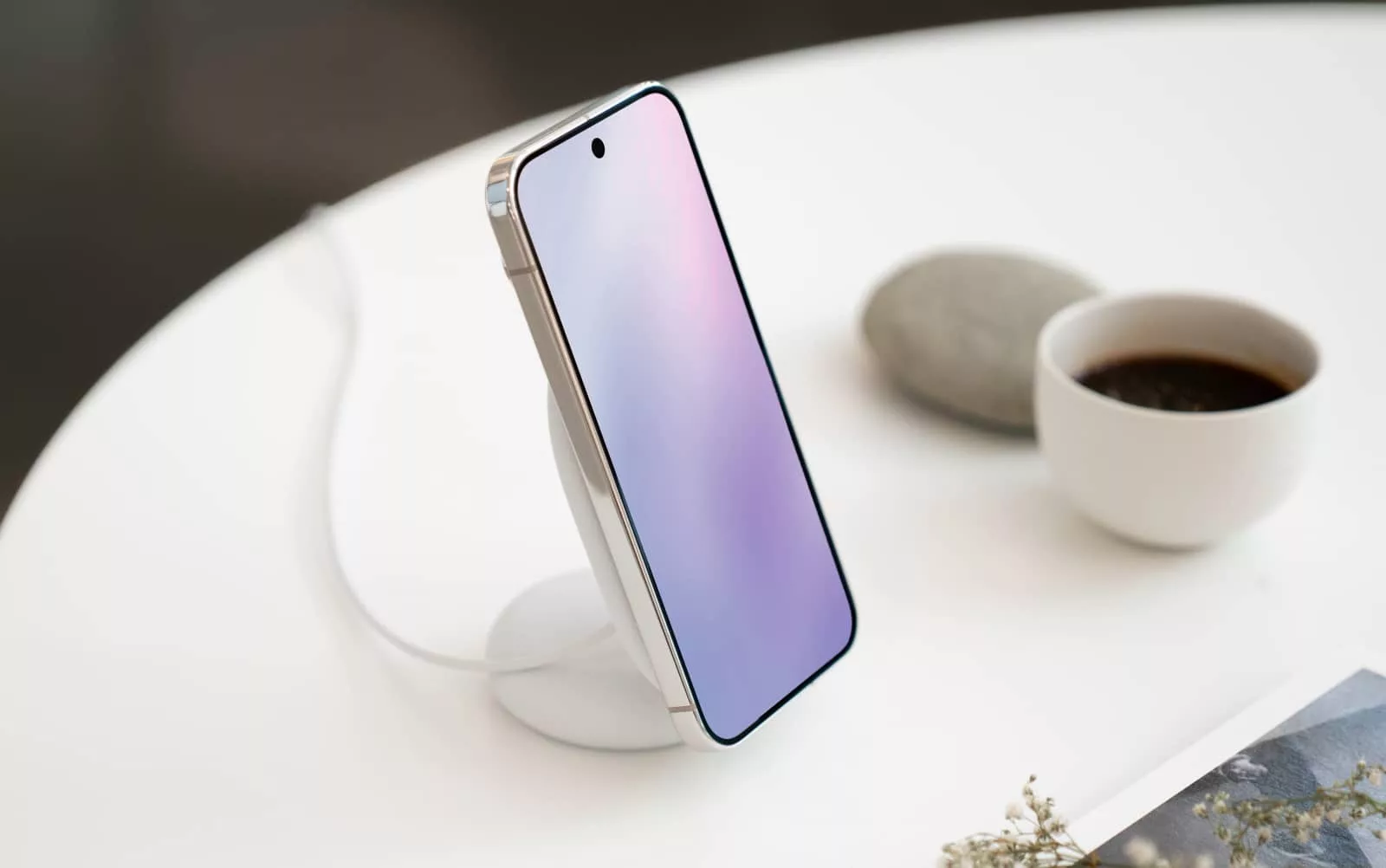
It’s a feature Google calls “Pixelsnap”, but the easiest way to explain it is Google’s version of MagSafe made to be Qi2-certified and supporting up to 15W of wireless charging across most of the range. That means Pixelsnap isn’t technically the latest Qi2 25W, a version of magnetic charging coming to more Android phones, though interestingly the Pixel 10 Pro XL will support Qi2 25W (and is the only Pixel 10 model to do so).
However, it does mean that this is the first range of Pixel phones to support magnetic wireless charging, and joins the one phone that tried it: the HMD Skyline.
Pixelsnap will unsurprisingly have standard and accessories, but given that it’s Qi2 certified, it should also see those phones compatible with anything else that Qi2 based, which may also mean other devices, too.
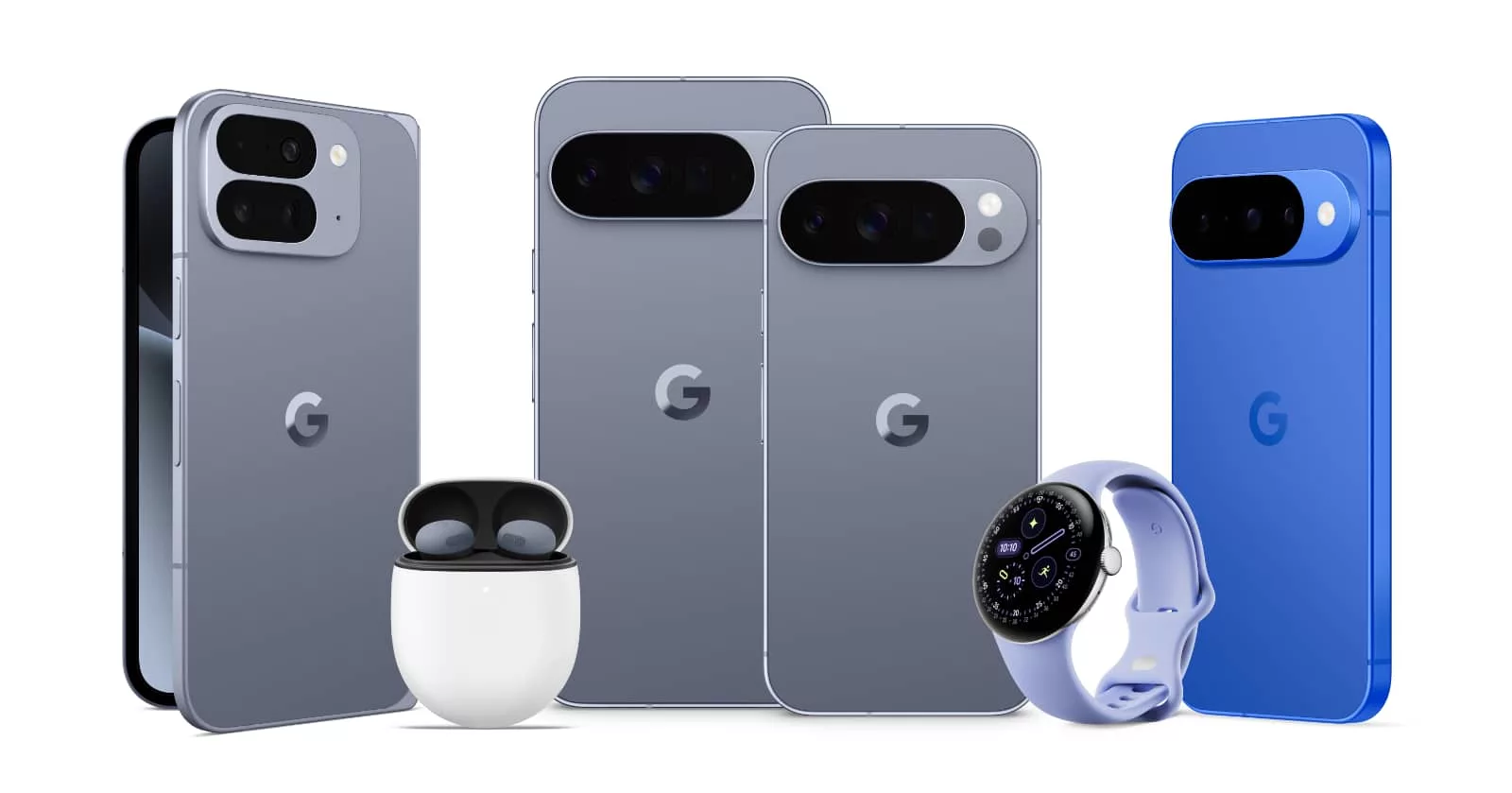
Local pricing and availability
In Australia, the 2025 Pixel range is clearly a direct replacement for the 2024 models, and priced accordingly. As such, the Pixel 10 starts at $1349, while the Pixel 10 Pro starts from $1699 and the larger Pixel 10 Pro XL from $1999. Meanwhile, the Pixel 10 Pro Fold will be found from $2699.
Most of the telcos are offering deals, though some are clearly more interesting than others. For instance, Optus and Telstra are both offering buyers of the Pixel 10 Pro or Pro XL 12 months of the AI Pro service from Google, while Vodafone is offering a cracker of a deal for buyers of the one Pixel 10 it’s ranging, the Pixel 10 Pro XL.
For Vodafone customers, ordering the Pixel 10 Pro XL on a Vodafone Infinite Plan for either 12, 24, or 36 months, they’ll receive a PlayStation 5 Slim Digital Edition for free. That is quite a bonus, particularly as the cost of consoles rise.
Release for the Pixel 10, 10 Pro, and 10 Pro XL is expected next week, while the Fold might take a little longer, expected some time in October.






